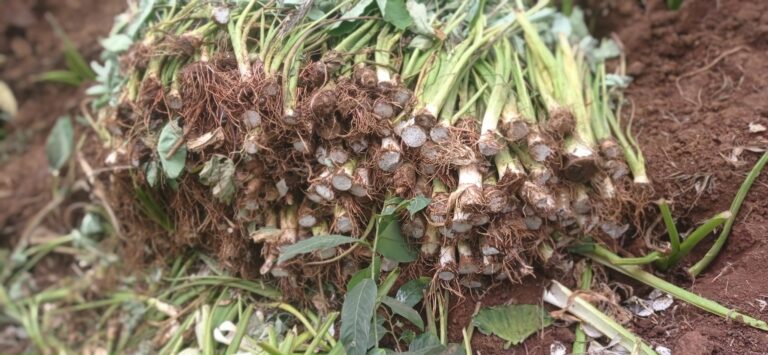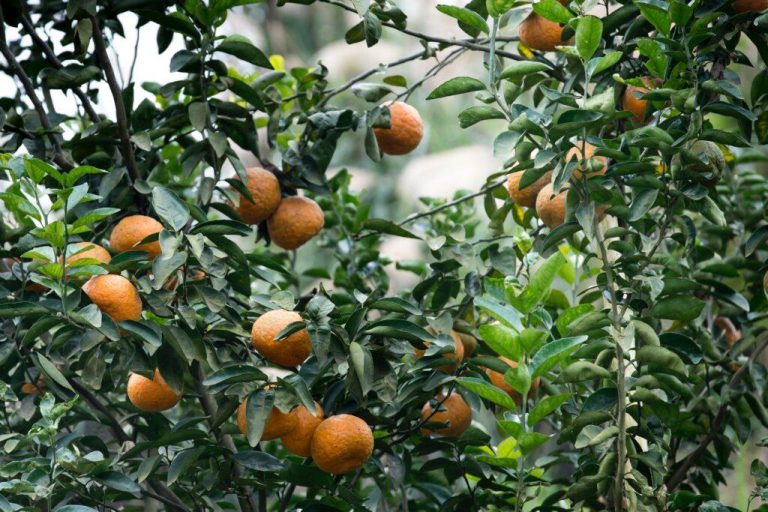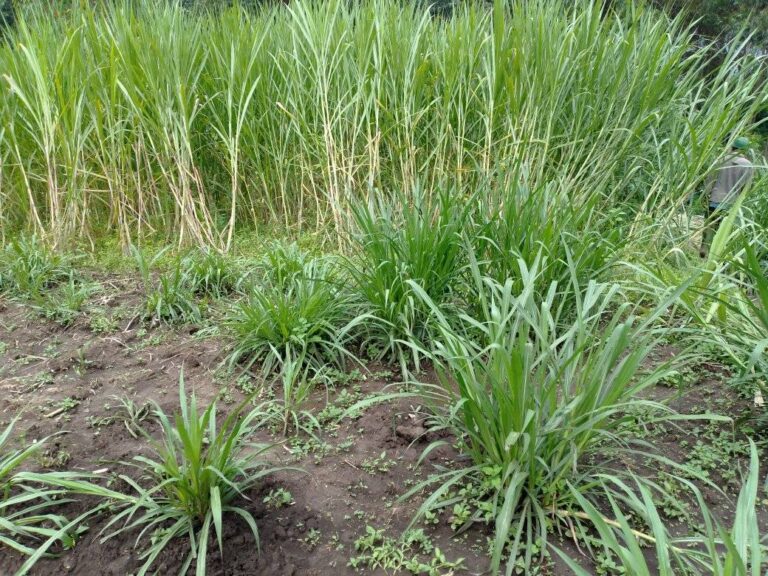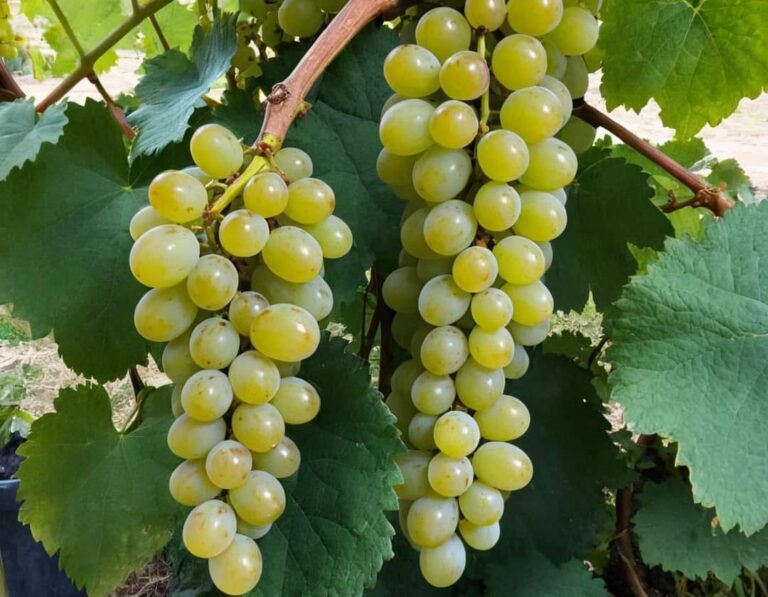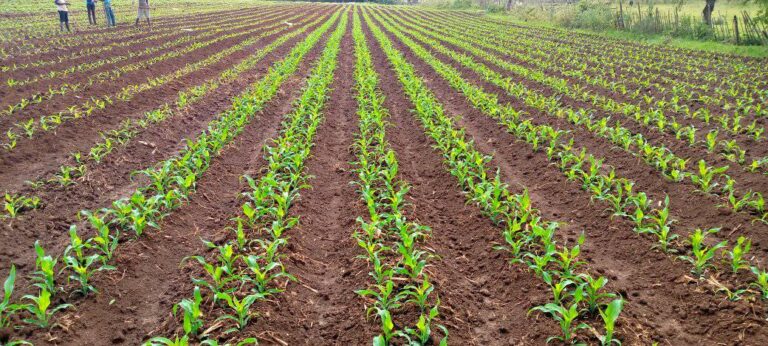How Profitable is Managu Farming in Kenya?
Managu farming in Kenya can be quite profitable due to the high demand for this nutritious leafy vegetable. Typically, farmers can expect a yield of about 4 to 6 tons per acre, depending on farming practices and environmental conditions. This gives a Potential revenue per acre of 5,000 kg * 80 KES/kg = 400,000 KES.
With proper management, good quality seeds, and adequate irrigation, the profitability can be significantly enhanced, providing a reliable source of income for farmers.
Managu Farming In Kenya
Did you know that managu (African nightshade) can yield up to 10,000 KES per month per acre, making it one of the most profitable leafy vegetables in Kenya?
What is Managu?
Definition and Description
Managu, scientifically known as Solanum nigrum, is a leafy vegetable that belongs to the nightshade family. It is commonly referred to as African nightshade and is renowned for its high nutritional value.
Managu is rich in vitamins A and C, iron, calcium, and antioxidants, making it a valuable addition to any diet. Traditionally, it is used in various culinary dishes and is also lauded for its medicinal properties, which include boosting immunity and aiding digestion.
Varieties of Managu
Several varieties of managu are grown in Kenya, each with its unique characteristics. Some of the popular varieties include:
- Solanum scabrum: Known for its broad, dark green leaves and slightly bitter taste.
- Solanum villosum: Characterized by its smaller, lighter green leaves and milder flavor.
- Solanum americanum: Often found in wild form, it has smaller leaves and a more intense bitterness.
Market Demand for Managu
Local Markets
In Kenya, managu is a staple vegetable enjoyed by many households. Its popularity in local markets is driven by its nutritional benefits and versatility in cooking. From urban centers to rural areas, managu can be found in numerous markets, grocery stores, and roadside stalls. The demand is particularly high in urban areas where people are increasingly health-conscious and seeking organic produce.
Export Potential
Beyond local markets, managu has significant export potential. There is a growing international market for African indigenous vegetables, especially in countries with large African diaspora communities.
The demand for organic and exotic vegetables is on the rise in Europe, North America, and the Middle East. Kenya, with its favorable climate and agricultural expertise, is well-positioned to tap into these markets and export managu, thereby increasing profitability for farmers.
Costs Involved in Managu Farming
Initial Investment
Starting a managu farming venture requires an initial investment to cover various costs, including:
- Seeds: Quality managu seeds can be purchased from certified agricultural suppliers at a cost of approximately 2,000 KES per kilogram.
- Equipment: Basic farming tools such as hoes, watering cans, and sprayers. The initial cost for equipment can range from 5,000 to 10,000 KES.
- Land Preparation: Preparing the land for cultivation involves plowing, harrowing, and creating seedbeds. This can cost around 3,000 to 5,000 KES per acre.
Operational Costs
Ongoing operational costs include expenses related to labor, fertilizers, pesticides, and irrigation:
- Labor: Hiring labor for planting, weeding, and harvesting is essential. Labor costs can range from 1,500 to 2,000 KES per day, depending on the region and labor availability.
- Fertilizers: Organic or chemical fertilizers are necessary to boost soil fertility and crop yield. The cost of fertilizers can be around 3,000 to 4,000 KES per acre per season.
- Pesticides: To protect the crop from pests and diseases, pesticides are required. The cost of pesticides can be approximately 2,000 to 3,000 KES per acre per season.
- Irrigation: Ensuring a reliable water supply is crucial. This may involve costs for installing and maintaining irrigation systems, which can vary widely based on the type and scale of the system.
Yield Per Acre
Average Yield Statistics
The average yield of managu per acre can vary depending on multiple factors. However, on average, farmers can expect to harvest between 4,000 to 6,000 kilograms of managu per acre per season. This yield can be higher with optimal farming practices and favorable weather conditions.
Factors Affecting Yield
Several variables can impact the yield of managu, including:
- Soil Quality: Managu thrives in well-drained, fertile soil with a pH range of 5.5 to 6.8. Soil testing and appropriate amendments can enhance yield.
- Weather Conditions: Managu grows best in moderate temperatures with adequate rainfall. Extreme weather conditions, such as drought or heavy rains, can affect crop performance.
- Farming Practices: Proper spacing, timely planting, adequate fertilization, pest and disease management, and efficient irrigation practices are crucial for maximizing yield.
Managu Profit Per Acre In Kenya
Revenue Estimates
To estimate potential income from managu farming, let’s consider the following assumptions:
- Average yield per acre: 5,000 kilograms
- Market price per kilogram: 80 KES
Potential revenue per acre = 5,000 kg * 80 KES/kg = 400,000 KES
Break-even Point
The break-even point is the point at which total revenue equals total costs. To determine this, we need to calculate the total costs and compare them with the revenue estimates. Assuming the total costs (initial investment + operational costs) amount to 150,000 KES per acre, the break-even yield can be calculated as follows:
Break-even yield = Total costs / Market price per kilogram
Break-even yield = 150,000 KES / 80 KES/kg = 1,875 kg
Therefore, a farmer needs to produce at least 1,875 kilograms of managu per acre to cover the costs.
Profit Margins
Profit margins can be determined by subtracting total costs from total revenue. Based on the earlier revenue estimates and assuming total costs of 150,000 KES per acre:
Profit = Total revenue – Total costs
Profit = 400,000 KES – 150,000 KES = 250,000 KES per acre
This demonstrates a significant profit margin, highlighting the profitability of managu farming.
Best Practices
Successful managu farmers often share valuable tips and strategies that have contributed to their achievements:
- Soil Testing: Regular soil testing helps in understanding soil nutrient levels and making necessary amendments.
- Crop Rotation: Rotating managu with other crops reduces pest and disease buildup and improves soil health.
- Organic Farming: Using organic fertilizers and pesticides enhances crop quality and appeals to health-conscious consumers.
- Efficient Water Management: Implementing efficient irrigation systems ensures a consistent water supply and minimizes wastage.
Conclusion
In summary, managu farming in Kenya presents a highly profitable agricultural venture with significant potential for growth. The crop’s nutritional value, combined with increasing market demand and export opportunities, makes it an attractive option for farmers.
If you are considering venturing into managu farming, take the plunge with confidence. With dedication, proper planning, and adherence to best farming practices, you can turn managu farming into a rewarding and profitable enterprise. Happy farming!

